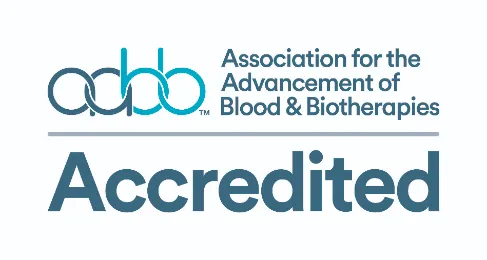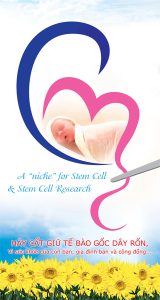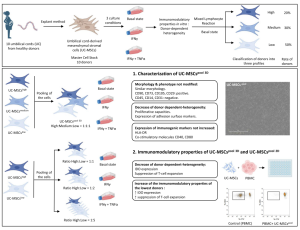The Indian Express
By: Parenting Desk
New Delhi | August 24, 2022
Over the past decades, stem cell banking has garnered attention from the general public for the benefits it stands to offer. Parents are coming forward to educate themselves about preserving their newborn’s stem cells for a secure future.

By Dr Nithya Srinivasan
It does not matter if you are a first-time parent or a second-time parent, having a newborn means running round the clock to take care of the little one. The formative years of a baby are vital for their overall development and that is also a reason why parents tend to be sensitive about everything involving their babies.
Parents tend to be high-strung even at the slightest change in the baby’s activities and are often spending time on the internet for parenting tips. Despite all the anxiety and excitement of parenting a newborn, parents only want the best for their child. New parents can be extra vigilant about what is available for their newborns and pore over every aspect of it to ensure maximum benefits. This alertness is even more present when it comes to ensuring the best for the baby’s health.
Over the past decades, stem cell banking has garnered attention from the general public for the benefits it stands to offer. Parents are coming forward to educate themselves about preserving their newborn’s stem cells for a secure future. Currently, stem cell therapy is extended to patients suffering from blood disorders (like Beta Thalassemia, Aplastic Anemia), blood cancers, metabolic and immune disorders. Despite knowing how stem cell banking can safeguard their child’s life, there is still some resistance when it comes to embracing stem cell banking because of a few misconceptions, including:
Myth – Treatment of diseases using cord blood is still in the experimental stage and is considered to be a medical waste
Fact: Stem cells have been actively used in treating diseases in the past few decades. After the first transplant using stem cells in the eighties, approximately six million cord blood have been stored globally for transplantations. A baby’s umbilical cord is a rich source of blood-forming stem cells. These cells are used to save the lives of patients with life-threatening conditions like leukemia, lymphoma or thalassemia. This is done by infusing stem cells and producing new healthy blood cells (including white blood cells, red blood cells and platelets) inside the bone marrow. Infusion of these cells can also treat patients with inherited genetic disorders like bone marrow failure or inherited immune disorders.
Myth – The process of extracting cord blood is painful and consequently affects the baby
Fact: While cord blood collection requires advanced planning, the process itself is very painless and safe for both the mother and baby. Regardless of the birthing process, cord blood extraction does not pose any threat because the cord blood is only collected after the umbilical cord has been clamped and removed.
Myth – Bone marrow or other sources of stem cells are given more preference over cord blood for transplants:
Fact: Stem cells derived from bone marrow as well as cord blood from the person within a family cannot always be a perfect match for the baby or other family members. Recent studies have shown that cord blood stem cells have a greater number of primitive stem cells with high self-renewal capacity as compared to bone marrow stem cells. The cardinal difference between them is the HLA matching criteria for the patients. While bone marrow stem cells require all 10 parameters to be matched, cord blood stem cells only need 6-8 parameters.
Myth – Cord blood is rarely used in medical treatments today
Fact: To reiterate, cord blood stem cell transplants are used to treat nearly 80 and more diseases including blood cancer, metabolic and immune disorders. The medical world is opening new frontiers to apply stem cell transplant to cure rare disorders across specialties and hold a great future.
The joy of parenting is limitless. Parents find it even more rewarding when they see their children grow up happy and healthy. One way of assuring this healthy lifestyle would be optimizing the advancement in medical technology. Learning about the effectiveness of stem cell banking and unlearning the myths and misconceptions shrouded around it can help parents make better choices not only for their child but also for their family.
(The writer is medical director, Biobank Division, LifeCell International Pvt Ltd)
Source: The Indian Express








